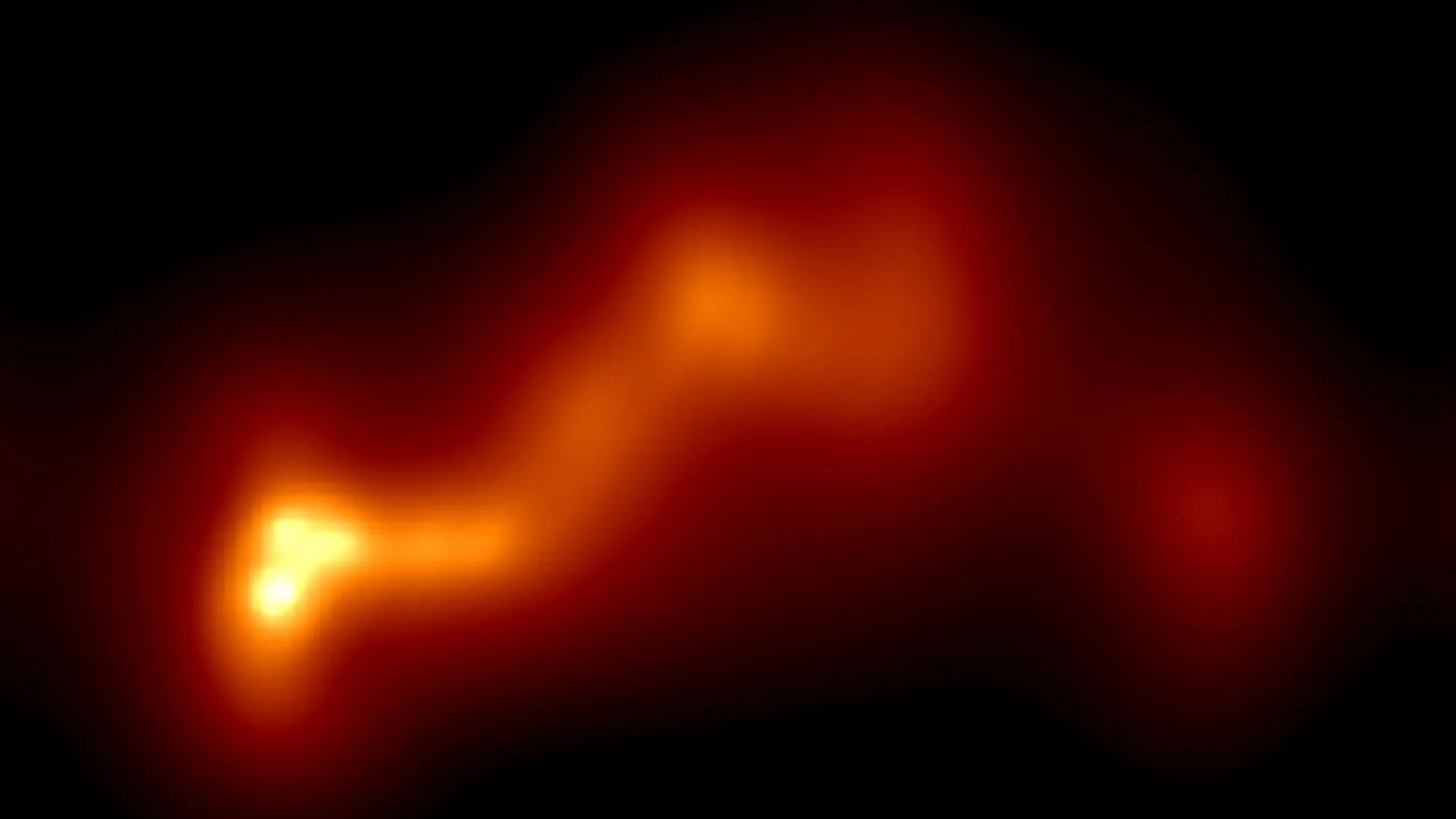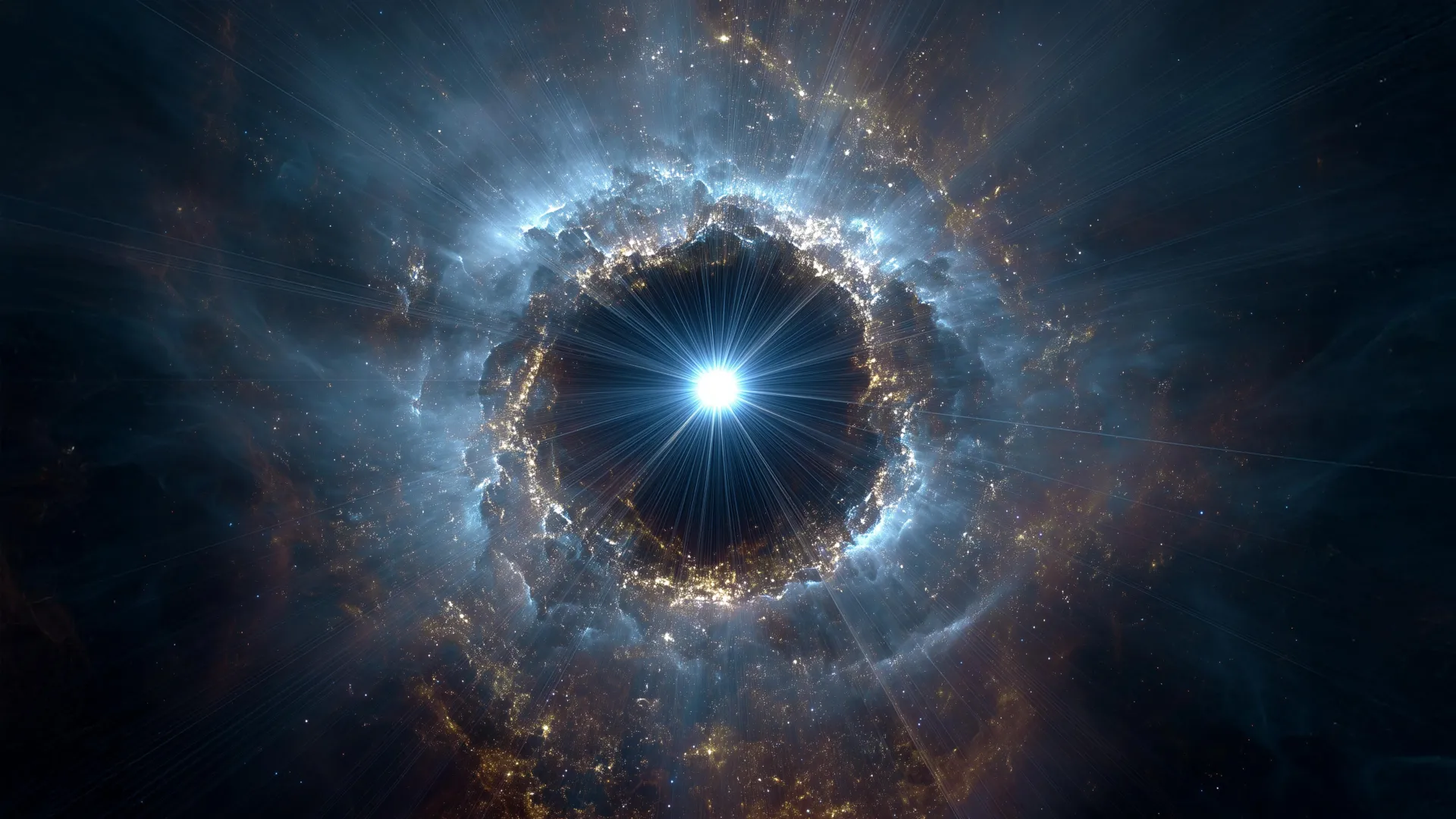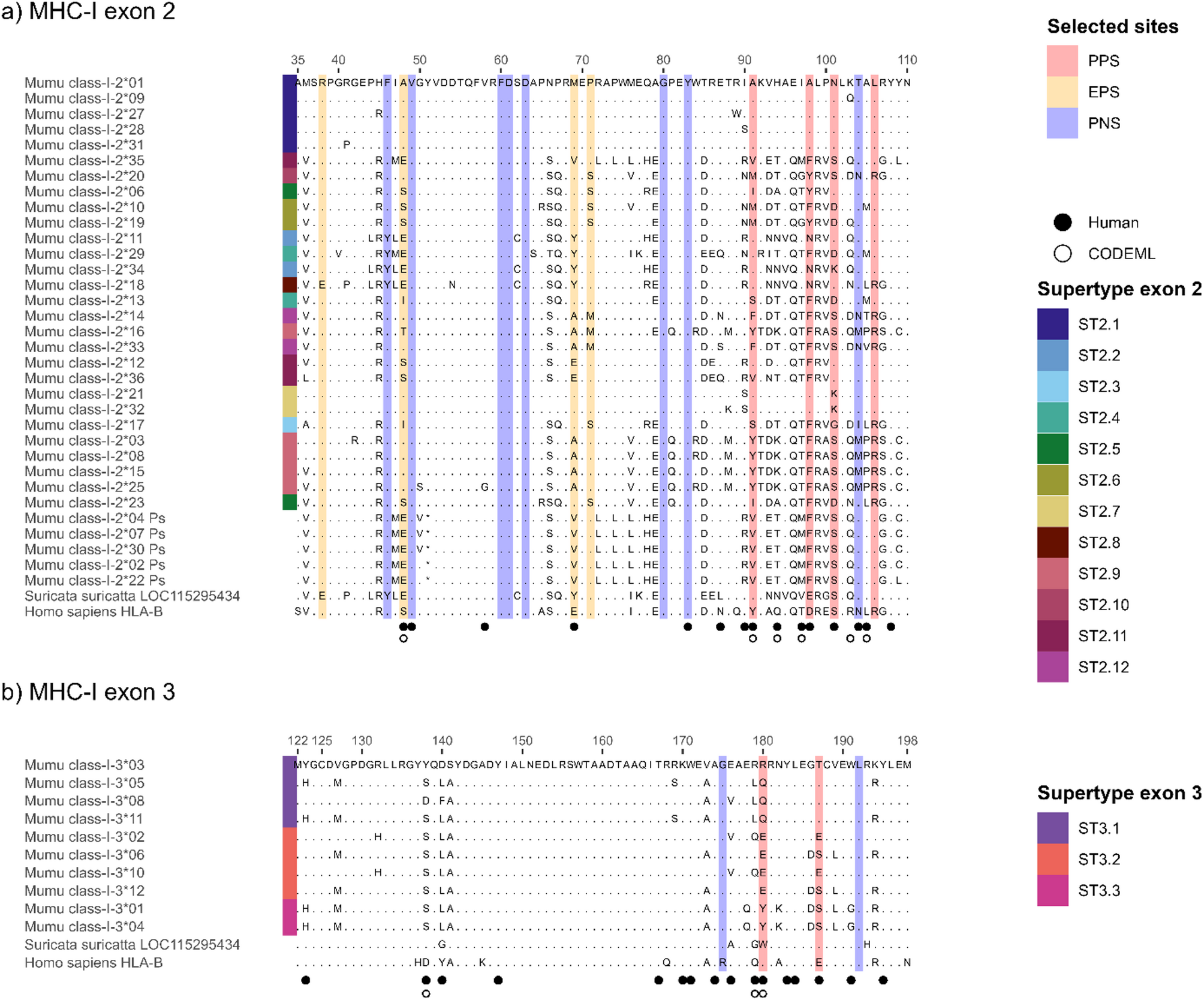Additive Manufacturing
3D Printing Process Enables Materials to Grow
Source:
EPFL |…

Source:
EPFL |…

For more than a century and a half, astronomers have been captivated by the distant galaxy OJ 287, located about five billion light years from Earth. Its puzzling variations in brightness have long hinted that two enormous black holes may be…

Scientists at MIT and elsewhere have discovered extremely rare remnants of “proto Earth,” which formed about 4.5 billion years ago, before a colossal collision irreversibly altered the primitive planet’s composition…


In the early universe, a few hundred million years after the Big Bang, the first stars emerged from vast, untouched clouds of hydrogen and helium. Recent observations from the James Webb Space Telescope (JWST) suggest that some of these early…

Terms
While we only use edited and approved content for Azthena
answers, it may on occasions provide incorrect responses.
Please confirm any data provided with the related suppliers or
…

Bitarello BD, De Filippo C, Teixeira JC, Schmidt JM, Kleinert P, Meyer D, Andres AM. Signatures of long-term balancing selection in human genomes. Genome Biol Evol. 2018. https://doi.org/10.1093/gbe/evy054.